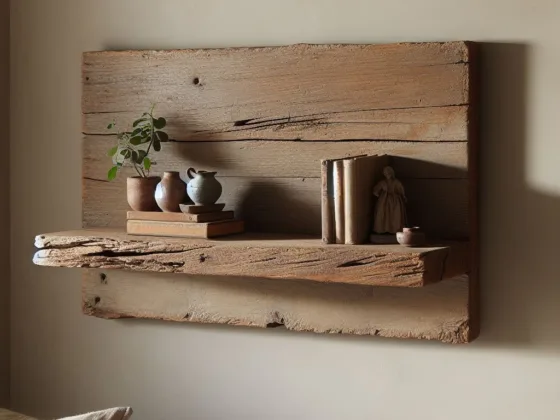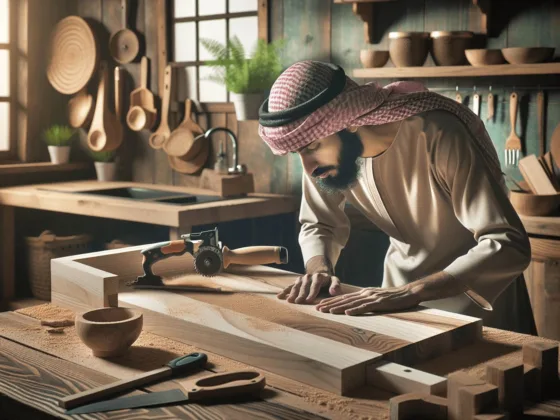Table of Contents Show
A drill press vise is a tool you use to safely secure your work when working with a drilling machine. Vises are large clamps that are suitable for drilling large diameter holes.
Unlike your hand, drill the drill press vice is hard to move around due to its weight. The drill press is one useful drilling gadget that you must know how to use it.

The drilling press machine enables you to work with a rotating table that allows the drilling of holes in different angles.
The following instructions will act as your guide to implementing this useful drilling gadget and all that you must know about the drill press vise.
Our first instruction will be to attach the vise and then show you how to use it.
Attaching the Drill Press Vise
Study and Note the Placement
If you are not using a rotary table, you need to determine the best place to position the vise.
When making the decision consider the type of material you will be handling most of the time and how you want the vise to stay in place.
Placing the Vise
Position the vise on the working platform by placing it, so the mounting and the drill holes align.
Securing the Vise
Firmly securing the vise is the last thing you will do when attaching it to its table. For a tight fit, you need four to six bolts.
Install the bolts and then tighten the vise on the surface to prevent unnecessary movements.
Read Also:
Using the Drill Press Vise
Once you have successfully attached the drill press vice on the table, the next activity is learning how to use it by testing the vise. Follow these instructions and confirm of the vise is working as you expect.
1. Mark the Point to Drill
Get the material you are working on and place a mark on where you should drill.
2. Ready the vise
Open the jaws of the vise by turning the handle in an anti-clockwise manner.
3. Position the Workpiece Between the Jaws
Position the material you are working on between the drill vise jaws and turn the handle in a clockwise direction to get the best non-slip grip.
Ensure the object is not sitting at an angle because doing so means drilling a hole that is not straight.
4. Close the Vise Jaws
After positioning the workpiece to make sure, it stays in position by tightening the drill press vise’s jaws.
5. Set the Speed
Most drill press vise machines require that you adjust its speed by moving the drive belt between the pulleys.
Your vise’s speed depends on pulley size because the small ones tend to move faster than the big ones.
6. Aligning the Drilling Bit
The reason behind using the drill press vise it to maintain accuracy on the piecework, align the drill bit to the points you marked for drilling on your object.
7. Gauge the Hole Depth
Depending on the type of material and hole design, you may be forced to gauge different depths on the workpiece.
For example, there may be no need for looking into depth when working with wood, unlike creating staggered holes at different depths.
You will control depth using a depth gauge that controls how deep the spindle travels through the workpiece.
You can adjust the bit to the desired length if working with different holes of various depths.
8. Drill
After aligning everything in the right place and position, turn the machine on. Lower the drill press until you hear a sound indicating contact with the clamped object.
The above steps are all that you should follow when installing and using a drill press vise.
Safety Measures When Using Drill Press Vise
Read the manual that came with the drilling tool
- Use the recommended brush when cleaning the chips away
- Wear eye protection goggles when drilling
- Avoid sloppy clothes or gloves when operating the machine
Final Word
Whether you are using a drill press vise for the first time or not, consider workplace safety measures.
A drill press is an excellent tool that can help you handle challenging drilling tasks. Other uses of the drilling vise include spot-facing reaming, countersinking, and counter-boring.
For the vise to be a useful drilling gadget, you must use it well. Sometimes getting the manufacturer manual can also complement what we have here.









